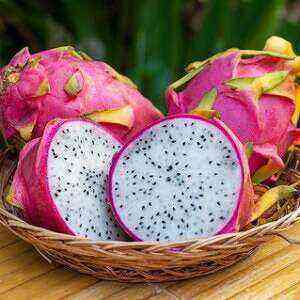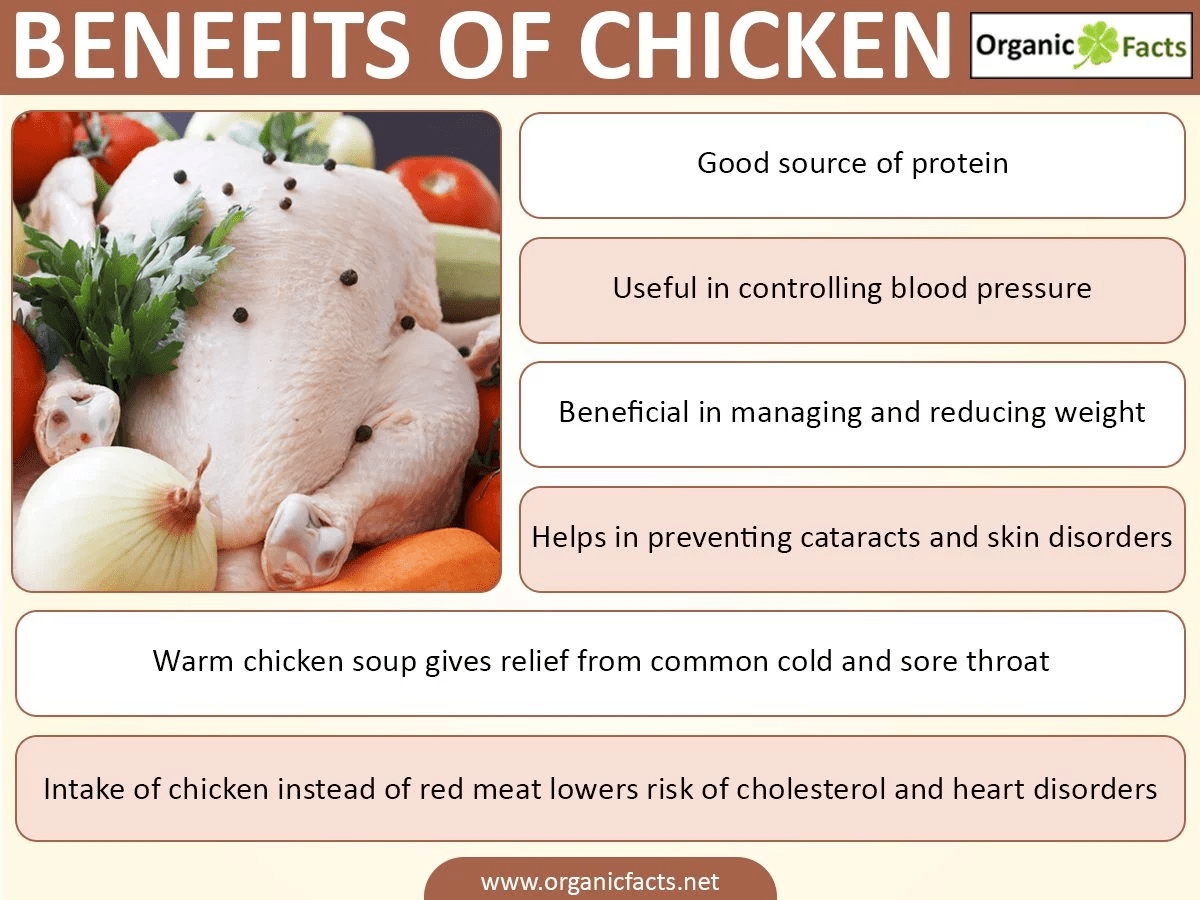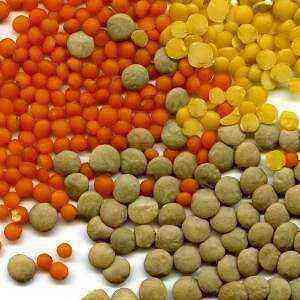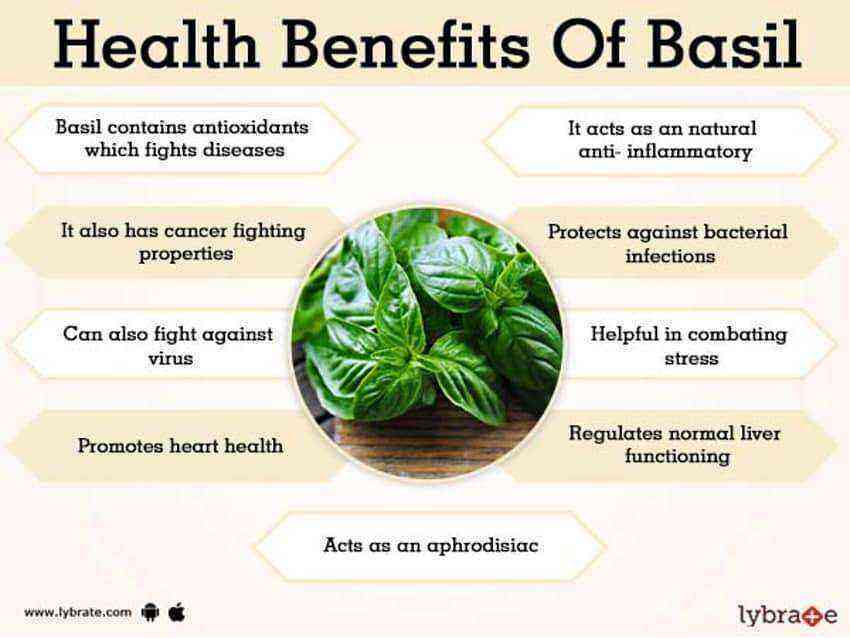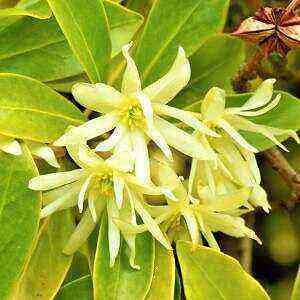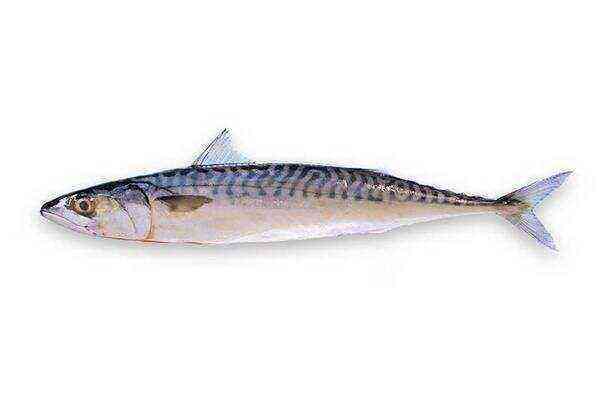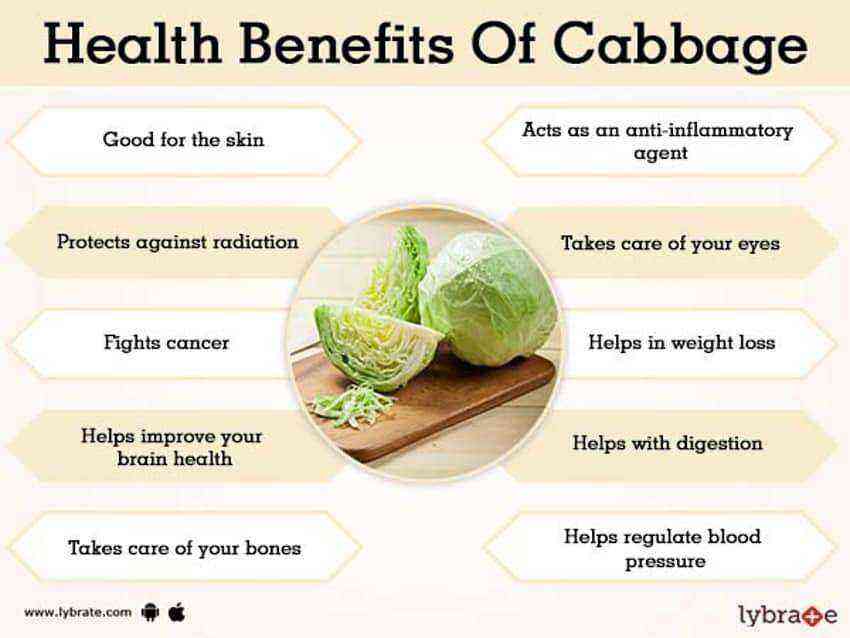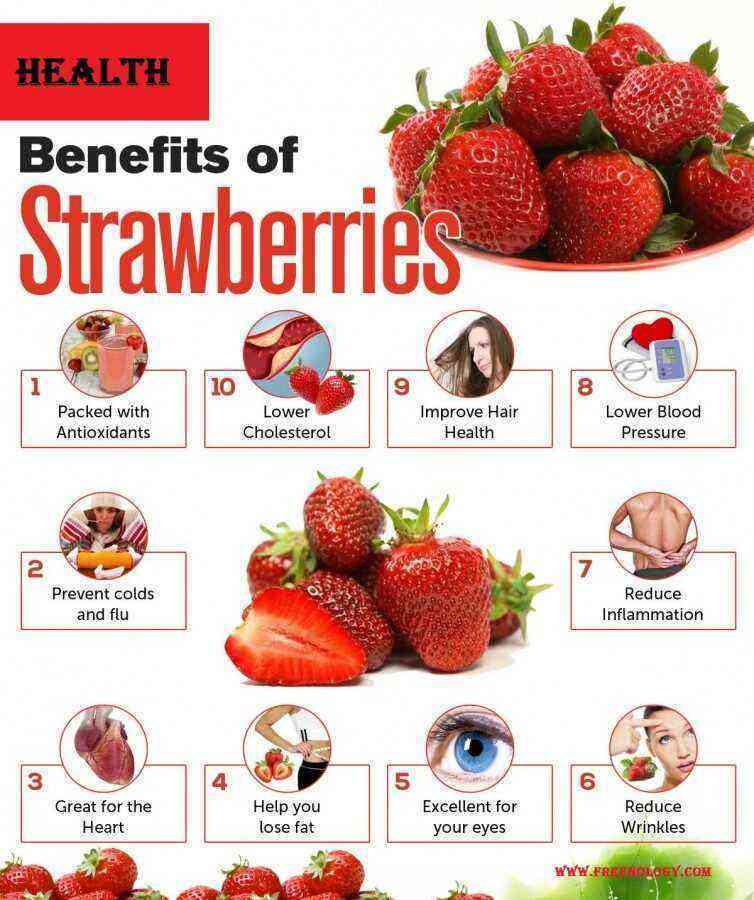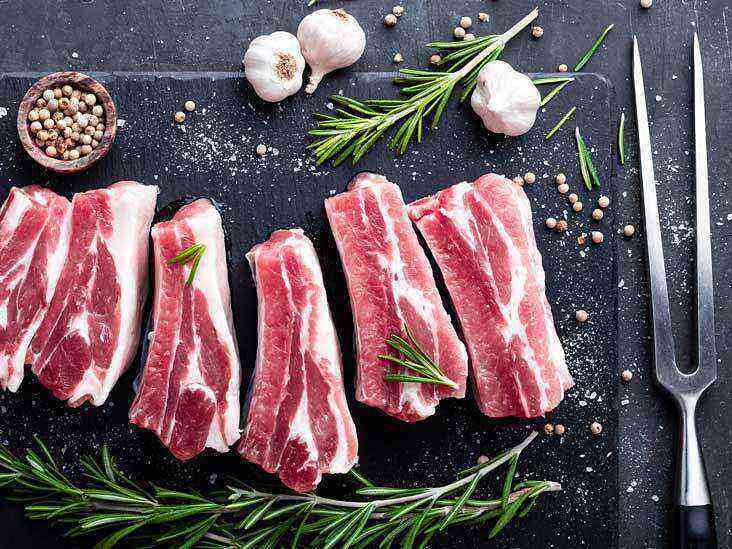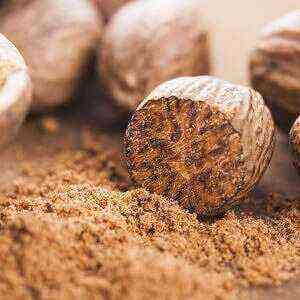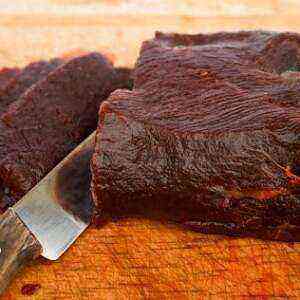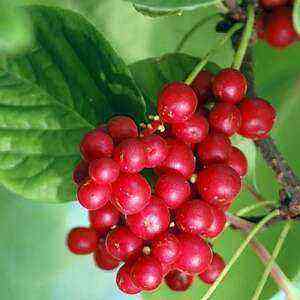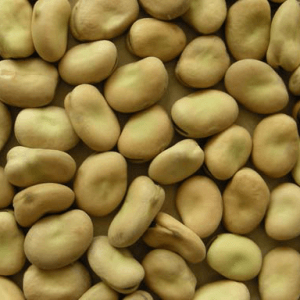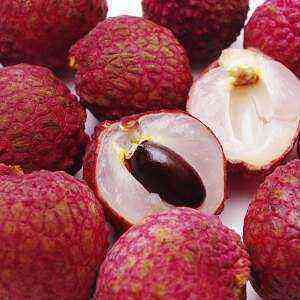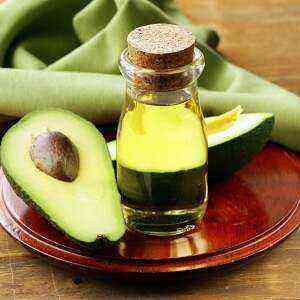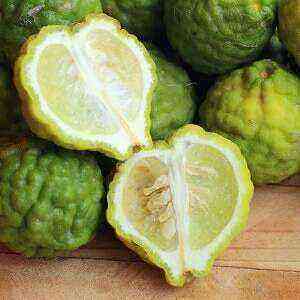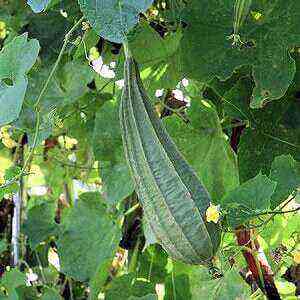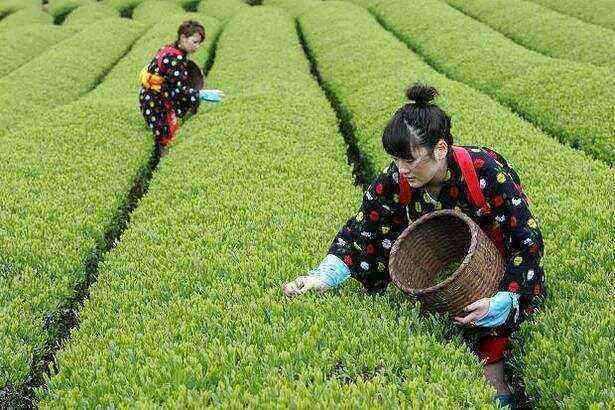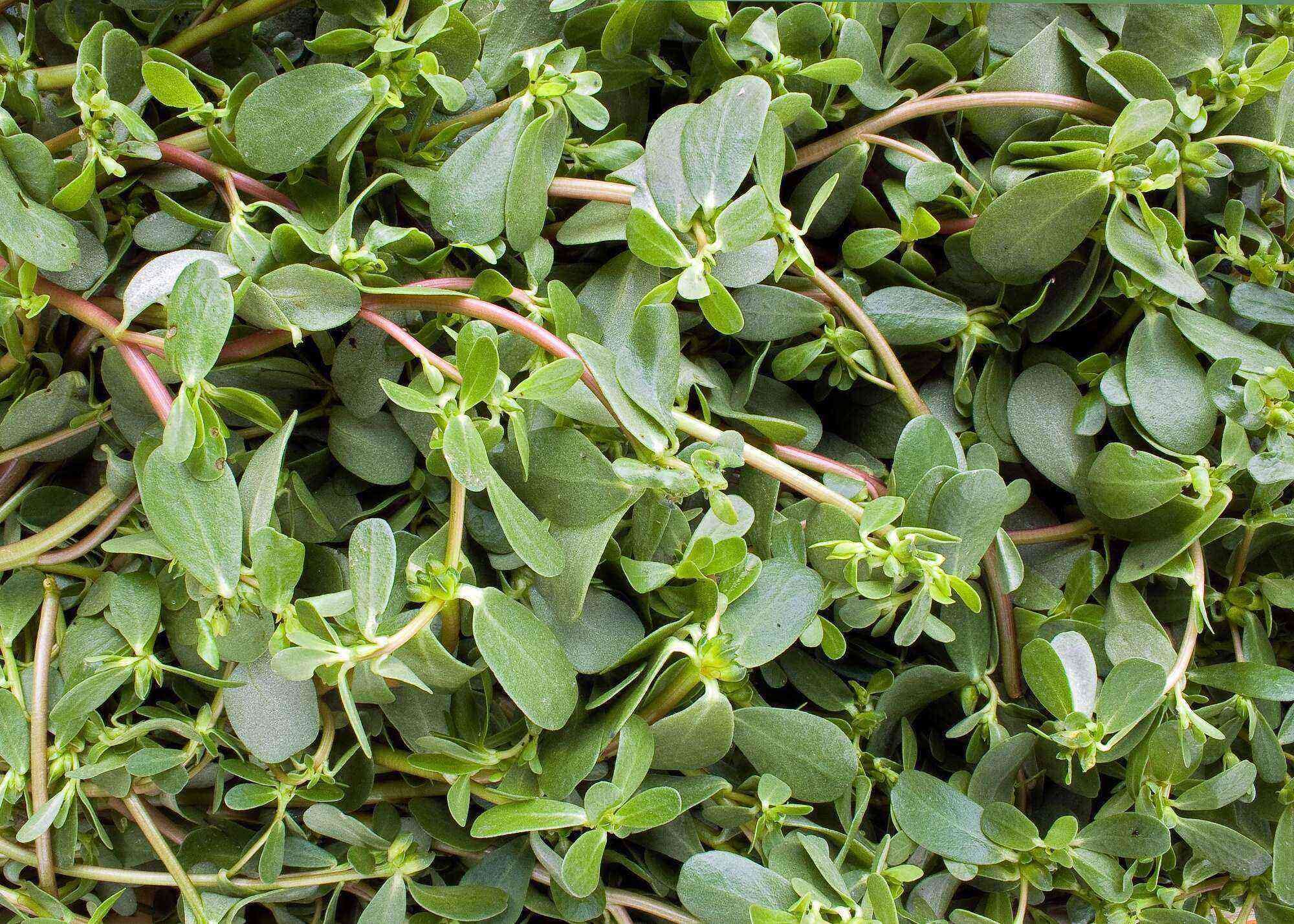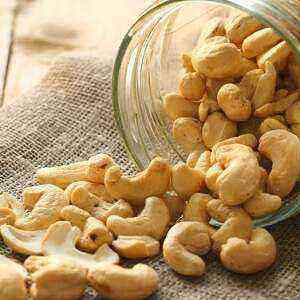
General characteristics
Rice is an annual cereal plant popular in Asia. It is believed that this is the second most common cereal on the planet (after corn). It is grown on all continents except Antarctica. There are more than 40 thousands of varieties of this cereal, but a white or unpolished product is most often used as food. Depending on the method of processing grain, its taste varies. Therefore, different types of rice are used for different dishes.
In addition, in cooking, it is customary to distinguish between rice and the length of the grain. So in Indian and Chinese cuisine, long-grain cereals are more often used, in Western countries they prefer short or round grains.
In addition to traditional white grain, other types of rice are also used for food: brown, red, purple and even black.
White vs Brown

Brown rice is an intact whole grain rich in fiber, minerals, vitamins, and antioxidants. In addition, unrefined cereals, as a rule, are characterized by a lower glycemic index, which means that they are more useful for diabetics. But rice bran, among other things, is the source of the so-called antinutrients. One of them is phytic acid. In addition, heavy metals can be concentrated in the outer shell of rice (if cereals were grown in contaminated areas).
Useful components
Carbohydrates
Rice mainly consists of carbohydrates (approximately 90% of the total mass), which are mainly represented by starches. Starch is the most common form of carbohydrate, which consists of amylose and amylopectin. Both of these substances have different properties that determine the structure and digestibility of the product. Rice rich in amylose (e.g. basmati) does not stick after cooking. In addition, amylose slows down the digestion of starch, that is, it promotes the creation of so-called resistant starch.

Fibre
Traditional white rice is a product with a low fiber content (not more than 0,3%), which cannot be said about brown, which is almost 2 percent composed of dietary fiber. Meanwhile, both types of rice may contain resistant starch. In its functions, this substance resembles fiber to a large extent and also serves as “food” for the beneficial intestinal microflora. In the colon, resistant starch helps create short-chain fatty acids (butyrates) that improve bowel health and prevent cancer.
Vitamins and minerals
The nutritional value of rice is usually determined by the type of product and the method of preparation. Many vitamins and minerals are concentrated in bran and germ, which are components of exclusively brown rice.
So, rice contains:
- Manganese – an antioxidant, is in almost any whole grain, is important for metabolism, growth and development of the body;
- selenium – a mineral that is the main part of selenoproteins, responsible for a variety of functions in the body;
- thiamine (vitamin B1) – is necessary for proper metabolism, supports the functionality of the heart, muscles, nervous system;
- nicotinic acid (vitamin B3) – important for most redox reactions in the body (soaking rice in water before cooking will help enhance the absorption of the vitamin);
- magnesium – found in brown rice, important for the prevention of many chronic diseases;
- copper – a lack of mineral causes heart disease.
In addition to the already mentioned components, rice contains many plant compounds that are important for maintaining health. In pigmented cereal varieties, the maximum content of antioxidants was found. But white rice as a source of these useful substances is categorically not suitable.
Plant compounds in rice:
- lignins – in the process of metabolism turn into enterolactone, which performs a variety of functions in the body;
- ferulic acid – a strong antioxidant found in rice bran, protects against cancer, diabetes, cardiac disease;
- phytic acid is an antioxidant found in unpolished grains, but excessive consumption can impair the absorption of iron and zinc.
Nutritional value of rice on 100 g of product
Calories 130 kcal Proteins 2,5 g Fats 0,2 g Carbohydrates 28,7 g Vitamin B1 0,16 mg Vitamin B2 0,02 mg Vitamin B3 1,5 mg Vitamin B5 0,5 mg Vitamin B6 0,06 mg Folic acid 59 μg Calcium 1 mg Iron 1,46 mg Magnesium 8 mg Phosphorus 33 mg Potassium 26 mg Zinc 0,4 mg Manganese 0,36 mg Selenium 7,5 μg
Useful Properties
Rice is considered to be one of the most wholesome foods in the world. Representatives of various culinary schools argue in what form and in combination with what products rice is tastiest. But no matter what dish to cook from this cereal, its beneficial properties will not change. Here are some of the main benefits of this product.
Source of energy
Since rice is rich in carbohydrates, in the body it acts as a “fuel”, which supplies energy to the muscles, and also activates the brain’s performance.
In addition to carbohydrates, this cereal contains a complex of vitamins and minerals, which are also important for active life and improve metabolism.
Heart Health
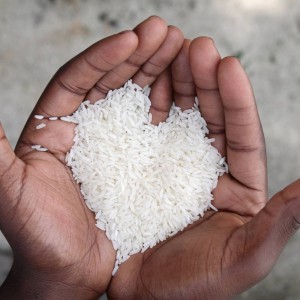
Stable blood pressure
Rice is a low-sodium product and is therefore considered good food for people with high blood pressure. Sodium can cause cramping and vasoconstriction, which as a result increases the load on the heart muscle. Sodium-free foods can be considered foods that prevent atherosclerosis, heart attack, stroke, and some other cardiac diseases.
Cancer Prevention
Whole rice grains are rich in insoluble fiber, which researchers say can reduce the risk of developing different types of cancer. Scientists also suggest that this substance can slow the metastasis of cancer cells. In particular, it is known that dietary fiber is an excellent prophylactic against colorectal cancer and oncological degeneration in intestinal tissues.
However, in addition to fiber, rice contains natural antioxidants such as vitamins C and B, phenolic compounds and flavonoids, which protect the body from the harmful effects of free radicals. Thus, they prevent mutations at the cellular level, increase the ability to withstand dangerous substances and organisms.
Alzheimer’s Protection
Brown rice is rich in many beneficial substances that stimulate the activity of neurotransmitters. The result of this effect is the prevention of Alzheimer’s disease or the relief of its manifestation. It was proved that due to its special chemical composition, wild rice stimulates brain cells, increases their protective abilities, and also suppresses the destructive effects of free radicals and toxins, which as a result protects against the development of dementia.
Benefits for Digestion
For centuries, rice husk has been used as a remedy for dysentery, as well as a diuretic. The Chinese consider this cereal indispensable for people with digestive problems, stomach ailments and in the absence of appetite. In addition, residents of the East use a decoction of rice husk as a means for losing weight and removing toxins from the body. And fiber-rich varieties prevent chronic constipation.
Source of vitamins
Grains of this cereal are a good source of vitamins and minerals. In particular, this product supplies niacin, thiamine, riboflavin, vitamin D, calcium, and iron to the body. These substances are indispensable for the immune system and proper metabolism.
Skin health
Scientific studies of the properties of rice grains have revealed that flour from this cereal effectively treats skin diseases.
Residents of Indochina have been using rice ointments for millennia to treat inflammation on the skin. Phenolic compounds contained in rice (especially brown or wild) have anti-inflammatory properties. In addition, antioxidants protect against early wrinkles.
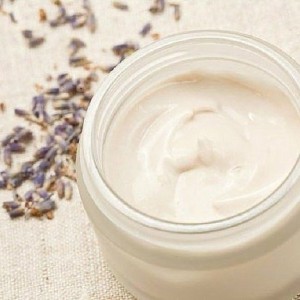
- gluten and cholesterol free;
- quickly restores energy;
- improves intestinal motility;
- slows down the aging process;
- activates metabolism;
- improves digestion;
- lowers blood pressure;
- promotes weight loss;
- strengthens the immune system;
- prevents cancer and heart disease.
Caveats
2 type diabetes mellitus is one of the reasons to refuse some types of white rice, as a product with a high glycemic index. A study with the participation of more than 64 of thousands of Chinese women showed: it is enough to eat 300 g of white grain daily to almost 2 times increase the risk of diabetes. Therefore, diabetics are advised to eat exclusively brown rice.
The second probable danger of this cereal is heavy metals, which can be concentrated in bran. For this reason, brown rice can be more dangerous than polished rice.
How to choose the right rice
The general rules for buying rice are the same as when choosing other cereals. It should be dry, without mold or rotten odor. It is better to take the product in sealed packaging, but it is important to check its integrity.
But the rice selection process does not end there. Since there are many different varieties of this product, it would be nice to know which of its types is better for which dish. Here are some tips for choosing pic.
- The right rice looks like frosted glass.
- White as chalk is a sign of unripe grains, it is quickly digested.
- Yellow grains – before packing, the product was kept moist for a long time. It may contain mycotonsins and carcinogens.
What is it suitable for?

Round or medium grained Arborio – porridge, risotto.
Round or medium-grained Krasnodar – soups, milk porridges.
Long-grain Basmati (considered the best of all varieties) – side dishes, oriental dishes, pilaf.
Long-grain Jasmine – for cooking under the lid, crumbly side dishes.
Long-grain Indica – side dishes, pilafs, salads.
Wild rice (black) – side dishes, salads.
Unpolished (brown) – side dishes, salads, suitable for cooking in large quantities of water.
Red – side dishes, salads.
Grain shape classification:
- long-grain – oblong, up to 8 mm, friable after cooking, used for soups, side dishes, salads, appetizers;
- medium grain – round, up to 6 mm, sticky after cooking, but does not stray into lumps, used for cereals, soups, risotto;
- round-grain – round, up to 5 mm, glues after cooking, used for cereals, soups, casseroles, puddings, desserts, as a filling for pies.
Rice water in cosmetology

To prepare this miracle remedy, you will need only 1 tablespoon of rice and 1 glass of water. The components are mixed and brought to a boil. All – this is the incomparable rice water. By the way, this tool is able not only to smooth wrinkles and prevent the appearance of new ones, but also improves skin color, tightens it, protects against UV radiation, evens out the tone, eliminates freckles and age spots. It also successfully treats dermatitis and psoriasis.
It is known that Chinese women also use rice water as a hair care product. They rinse the hair with a decoction, use it as an ingredient in masks, and even use it for styling (under the influence of the decoction, the curls become more elastic, soft and obedient).
But in addition to the traditional rice broth, Asians use fermented infusion, which is believed to have more pronounced healing properties. To do this, the rice broth is kept in a warm place throughout the day. Then apply as usual.
Fermented rice water can be prepared without boiling. To do this, pour raw grain in water and leave at room temperature for 2 days. When the infusion becomes sour in taste, you can use it. Store the prepared fermented infusion (no matter what the recipe was prepared) in the refrigerator for no longer than 4 days.
Rice is one of the oldest cultures on the planet. Like other cereals, it has many beneficial properties. But at the same time, as most other foods do not have the best effect on health with excessive enthusiasm, especially against the background of some diseases.
